Neural Computation Lab @ SISSA
The Neural Computation Lab lab is part of the PhD program in Cognitive Neuroscience at the International School for Advanced Studies (SISSA) in Trieste, Italy.
Research
We are interested in the computational principles that underlie the ability of the animal brain to perform efficient inference and prediction under tight resource constraints. We study behavior and cognition in animals and humans, and information processing in neuronal circuits.
We develop and employ techniques that draw from a broad range of approaches, including statistical learning, information theory, artificial neural networks, and Bayesian statistics. We care about open and reproducible science.
People
 Eugenio Piasini, Principal Investigator (epiasini@sissa.it). Eugenio
got his PhD from University College London, with a thesis on
information processing in the input stage of the cerebellar
cortex. After his PhD he was a postdoctoral researcher at the Italian
Institute of Technology, working on neural coding and information
theory. Later on, he was a Fellow of the Computational Neuroscience
Initiative at the University of Pennsylvania. He joined SISSA in 2021.
Eugenio Piasini, Principal Investigator (epiasini@sissa.it). Eugenio
got his PhD from University College London, with a thesis on
information processing in the input stage of the cerebellar
cortex. After his PhD he was a postdoctoral researcher at the Italian
Institute of Technology, working on neural coding and information
theory. Later on, he was a Fellow of the Computational Neuroscience
Initiative at the University of Pennsylvania. He joined SISSA in 2021.
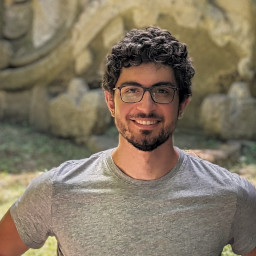 Francesco Guido Rinaldi, PhD student (frinaldi@sissa.it). Francesco
received his Master's Degree in Physics from the University of Rome
"La Sapienza". He then worked as a research fellow at IIT under the
supervision of Giancarlo Ruocco, focusing on graph theoretical
properties of Symmetric Recurrent Neural Networks. He joined the
Neural Computation Lab in 2021 as a Ph.D. student and is now studying
the relationship between Intuitive Data Interpretation and Statistical
Model Selection. In his free time, he delved into photography, digital
painting, video editing, creative writing and has now mastered the art
of switching hobbies.
Francesco Guido Rinaldi, PhD student (frinaldi@sissa.it). Francesco
received his Master's Degree in Physics from the University of Rome
"La Sapienza". He then worked as a research fellow at IIT under the
supervision of Giancarlo Ruocco, focusing on graph theoretical
properties of Symmetric Recurrent Neural Networks. He joined the
Neural Computation Lab in 2021 as a Ph.D. student and is now studying
the relationship between Intuitive Data Interpretation and Statistical
Model Selection. In his free time, he delved into photography, digital
painting, video editing, creative writing and has now mastered the art
of switching hobbies.
 Sara Varetti, PhD student (svaretti@sissa.it). Sara is a Phd Student
from the Cognitive Neuroscience group at Sissa. She graduated in
Physics from the University of Naples, carrying out a thesis about
critical phenomena in the brain. Currently she works in collaboration
with the Neural Newtorks group and the Neural Computation Lab group,
where she investigates the learning dynamics of recurrent neural
networks, with biological plausibile learning algorithms, and their
application to neural population codes. In her spare time, she enjoys
hiking, photography, reading and cinema.
Sara Varetti, PhD student (svaretti@sissa.it). Sara is a Phd Student
from the Cognitive Neuroscience group at Sissa. She graduated in
Physics from the University of Naples, carrying out a thesis about
critical phenomena in the brain. Currently she works in collaboration
with the Neural Newtorks group and the Neural Computation Lab group,
where she investigates the learning dynamics of recurrent neural
networks, with biological plausibile learning algorithms, and their
application to neural population codes. In her spare time, she enjoys
hiking, photography, reading and cinema.
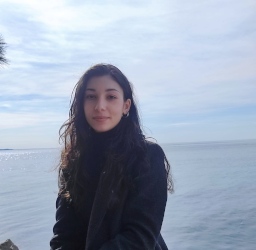 Ludovica De Paolis, PhD student (ldepaoli@sissa.it). I joined SISSA
in 2022 as a PhD student in Cognitive Neuroscience. I have a BA in
philosophy and a MSc in cognitive science, during which I spent an
exchange period in the US and one in South Korea. I'm currently
working on deep neural networks for modeling vision. Specifically, I
program generative models with latent to investigate the statistics of
visual textures. My research interests also include computational
models of brain and language. Outside academia I enjoy rock climbing,
playing the piano, nonfiction and yoga.
Ludovica De Paolis, PhD student (ldepaoli@sissa.it). I joined SISSA
in 2022 as a PhD student in Cognitive Neuroscience. I have a BA in
philosophy and a MSc in cognitive science, during which I spent an
exchange period in the US and one in South Korea. I'm currently
working on deep neural networks for modeling vision. Specifically, I
program generative models with latent to investigate the statistics of
visual textures. My research interests also include computational
models of brain and language. Outside academia I enjoy rock climbing,
playing the piano, nonfiction and yoga.
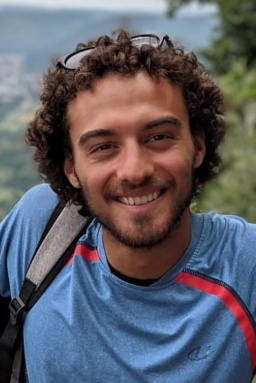 Daniele Tirinnanzi, PhD student (dtirinna@sissa.it). Daniele joined
the Lab in 2022 as a Cognitive Neuroscience Master’s student and
carried out his thesis at SISSA as part of a joint program with the
University of Trento. He was born in Florence, where he got a BA in
Psychology, and is currently enrolled in the National PhD in
Artificial Intelligence for Health and Life Sciences, in collaboration
with Università Campus Bio-Medico (Rome). For his Master’s thesis, he
collaborated with the International Center for Theoretical Physics
(Trieste) to compare the performance of humans and neural networks in
an adaptation of a theoretical computer science problem. He is
currently interested in normative models of behavior and sensory
systems and in the comparison between biological and artificial
intelligence. In his free time, he enjoys being in the nature, whether
it’s doing sports, having a walk, or simply lying in the sun.
Daniele Tirinnanzi, PhD student (dtirinna@sissa.it). Daniele joined
the Lab in 2022 as a Cognitive Neuroscience Master’s student and
carried out his thesis at SISSA as part of a joint program with the
University of Trento. He was born in Florence, where he got a BA in
Psychology, and is currently enrolled in the National PhD in
Artificial Intelligence for Health and Life Sciences, in collaboration
with Università Campus Bio-Medico (Rome). For his Master’s thesis, he
collaborated with the International Center for Theoretical Physics
(Trieste) to compare the performance of humans and neural networks in
an adaptation of a theoretical computer science problem. He is
currently interested in normative models of behavior and sensory
systems and in the comparison between biological and artificial
intelligence. In his free time, he enjoys being in the nature, whether
it’s doing sports, having a walk, or simply lying in the sun.
 Monica Paoletti, PhD student (mpaolett@sissa.it). She joined the Lab
in 2023 as a PhD student in Cognitive Neuroscience. She studied
Mathematics at the University of Turin. She carried out her Master’s
thesis in collaboration with Forschungszentrum Jülich, where she
worked in Sonja Grün’s group of Computational Neuroscience, on the
detection of Spatio-Temporal spike Patterns in neuronal data. She
currently works in collaboration with Mathew Diamond’s Lab and her PhD
research is focused on the development of the brain's model of choice
strategies adopted by humans and rats in sequential decision-making
experiments. In her free time, she enjoys hiking, painting and playing
the transverse flute.
Monica Paoletti, PhD student (mpaolett@sissa.it). She joined the Lab
in 2023 as a PhD student in Cognitive Neuroscience. She studied
Mathematics at the University of Turin. She carried out her Master’s
thesis in collaboration with Forschungszentrum Jülich, where she
worked in Sonja Grün’s group of Computational Neuroscience, on the
detection of Spatio-Temporal spike Patterns in neuronal data. She
currently works in collaboration with Mathew Diamond’s Lab and her PhD
research is focused on the development of the brain's model of choice
strategies adopted by humans and rats in sequential decision-making
experiments. In her free time, she enjoys hiking, painting and playing
the transverse flute.
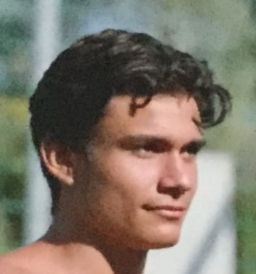 Carlo Orientale Caputo, PhD student (corienta@sissa.it). Carlo
joined the Neural Computational Lab in 2024 as a PhD student in
Cognitive Neuroscience. He earned his Bachelor's degree in Physics
from the University Federico II of Naples, where he conducted a thesis
on General Relativity. He pursued a Master's degree in Physics of
Complex Systems, studying at Politecnico di Torino, SISSA, and
Sorbonne University. His Master's thesis focused on a first-principle
approach to deep learning, with a particular emphasis on deep belief
networks. Currently he is working on neural population dynamics using
machine learning tools like Neural ODE (Ordinary Differential
Equations) to understand neural computation. In his free time, he
enjoys staying active through sports like yoga and climbing or hiking
with friends.
Carlo Orientale Caputo, PhD student (corienta@sissa.it). Carlo
joined the Neural Computational Lab in 2024 as a PhD student in
Cognitive Neuroscience. He earned his Bachelor's degree in Physics
from the University Federico II of Naples, where he conducted a thesis
on General Relativity. He pursued a Master's degree in Physics of
Complex Systems, studying at Politecnico di Torino, SISSA, and
Sorbonne University. His Master's thesis focused on a first-principle
approach to deep learning, with a particular emphasis on deep belief
networks. Currently he is working on neural population dynamics using
machine learning tools like Neural ODE (Ordinary Differential
Equations) to understand neural computation. In his free time, he
enjoys staying active through sports like yoga and climbing or hiking
with friends.
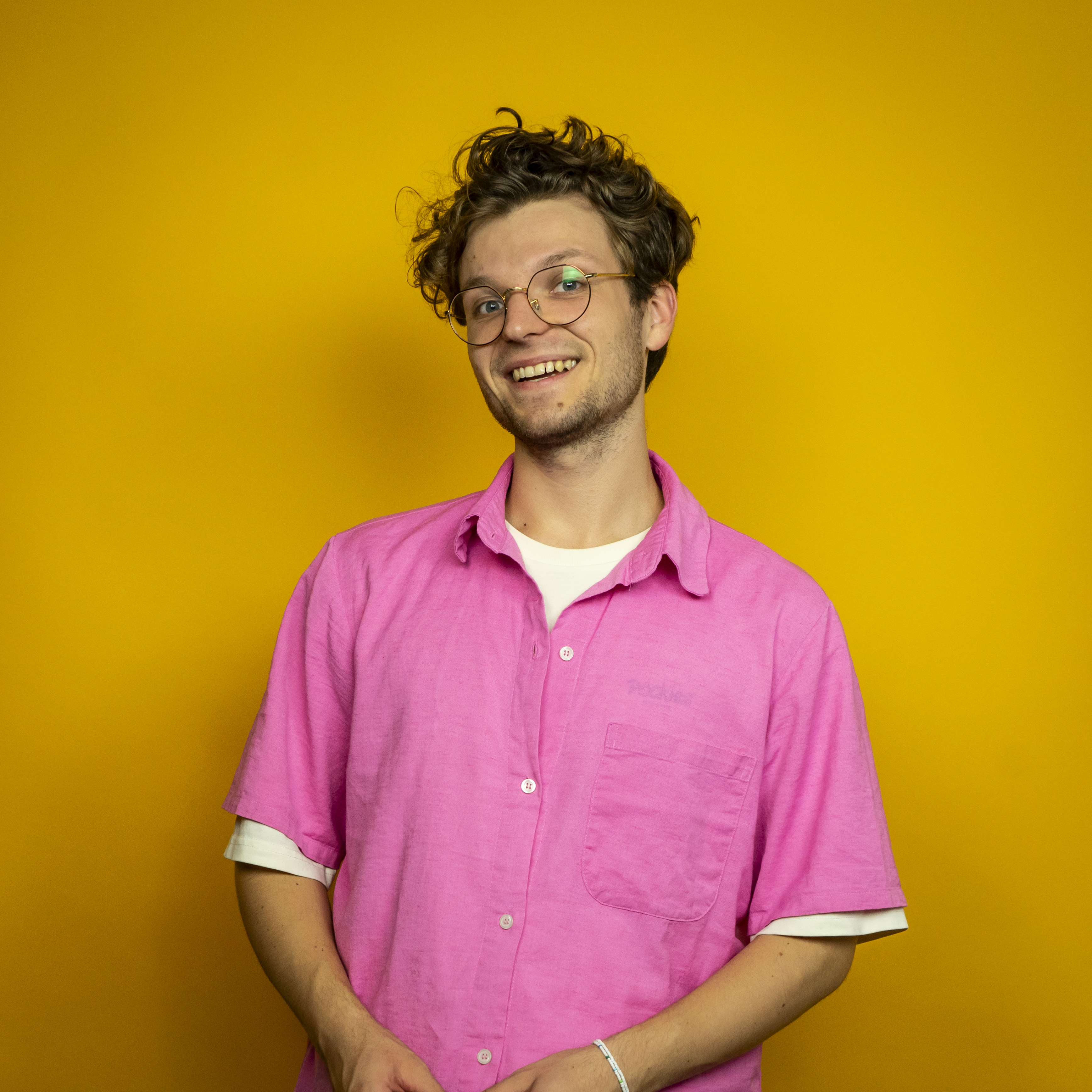 Maxim Zewe, PhD student (mzewe@sissa.it). Maxim joined SISSA in 2024
under the supervision of Domenica Bueti and Eugenio Piasini. Before
coming to Trieste, he obtained his BSc in Liberal Arts & Science from
University College Roosevelt and MSc in Physics & Astronomy from
University of Amsterdam and Vrije Universiteit. Maxim's research
interests include complex systems, information theory and how the
brain performs inference. Currently, Maxim studies the effect of
stimulus complexity on time perception. Outside the lab, he enjoys
fencing, playing the cello and watching reality tv.
Maxim Zewe, PhD student (mzewe@sissa.it). Maxim joined SISSA in 2024
under the supervision of Domenica Bueti and Eugenio Piasini. Before
coming to Trieste, he obtained his BSc in Liberal Arts & Science from
University College Roosevelt and MSc in Physics & Astronomy from
University of Amsterdam and Vrije Universiteit. Maxim's research
interests include complex systems, information theory and how the
brain performs inference. Currently, Maxim studies the effect of
stimulus complexity on time perception. Outside the lab, he enjoys
fencing, playing the cello and watching reality tv.
Openings
For current openings in the group, see the dedicated page.
Teaching
See the teaching page.
Selected publications
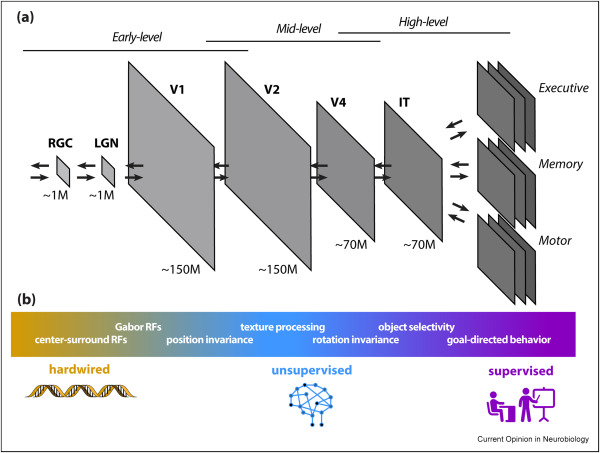 Matteucci G, Piasini E, Zoccolan
D. Unsupervised learning of mid-level visual
representations. Current Opinion in Neurobiology 2023. doi:10.1016/j.conb.2023.102834
Matteucci G, Piasini E, Zoccolan
D. Unsupervised learning of mid-level visual
representations. Current Opinion in Neurobiology 2023. doi:10.1016/j.conb.2023.102834
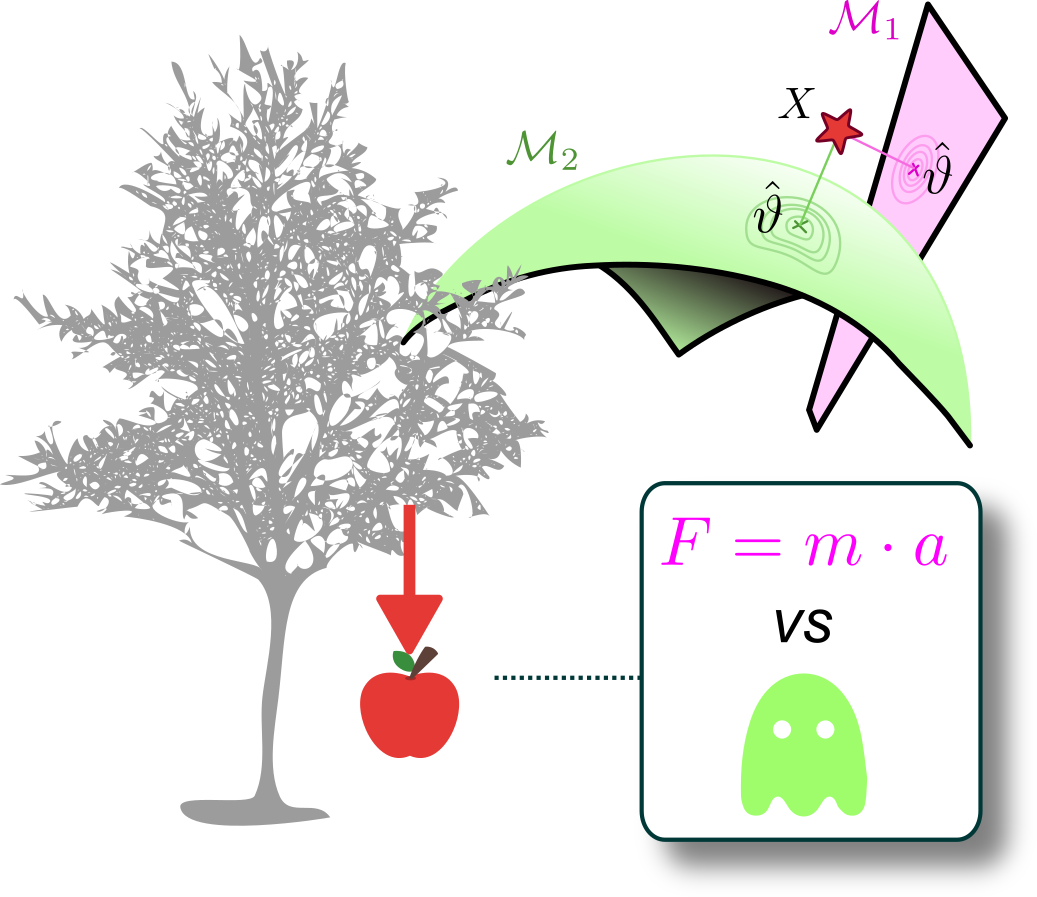 Piasini E*, Liu S*, Chaudhari P, Balasubramanian V,
Gold J I. How Occam's razor guides human
decision-making. Biorxiv 2023. doi:10.1101/2023.01.10.523479
Piasini E*, Liu S*, Chaudhari P, Balasubramanian V,
Gold J I. How Occam's razor guides human
decision-making. Biorxiv 2023. doi:10.1101/2023.01.10.523479
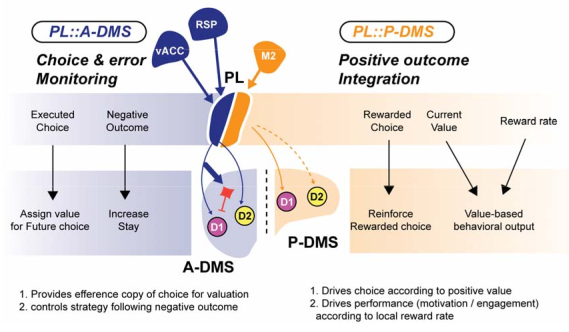 Choi K*, Piasini E*, Díaz-Hernández E, Vargas
Cifuentes L, Henderson N, Holly E, Subramaniyan M, Gerfen C, Fuccillo
M. Distributed processing for value-based choice by prelimbic circuits targeting anterior-posterior dorsal striatal subregions in male mice.
Nature Communications 2023. doi:10.1038/s41467-023-36795-4
Choi K*, Piasini E*, Díaz-Hernández E, Vargas
Cifuentes L, Henderson N, Holly E, Subramaniyan M, Gerfen C, Fuccillo
M. Distributed processing for value-based choice by prelimbic circuits targeting anterior-posterior dorsal striatal subregions in male mice.
Nature Communications 2023. doi:10.1038/s41467-023-36795-4
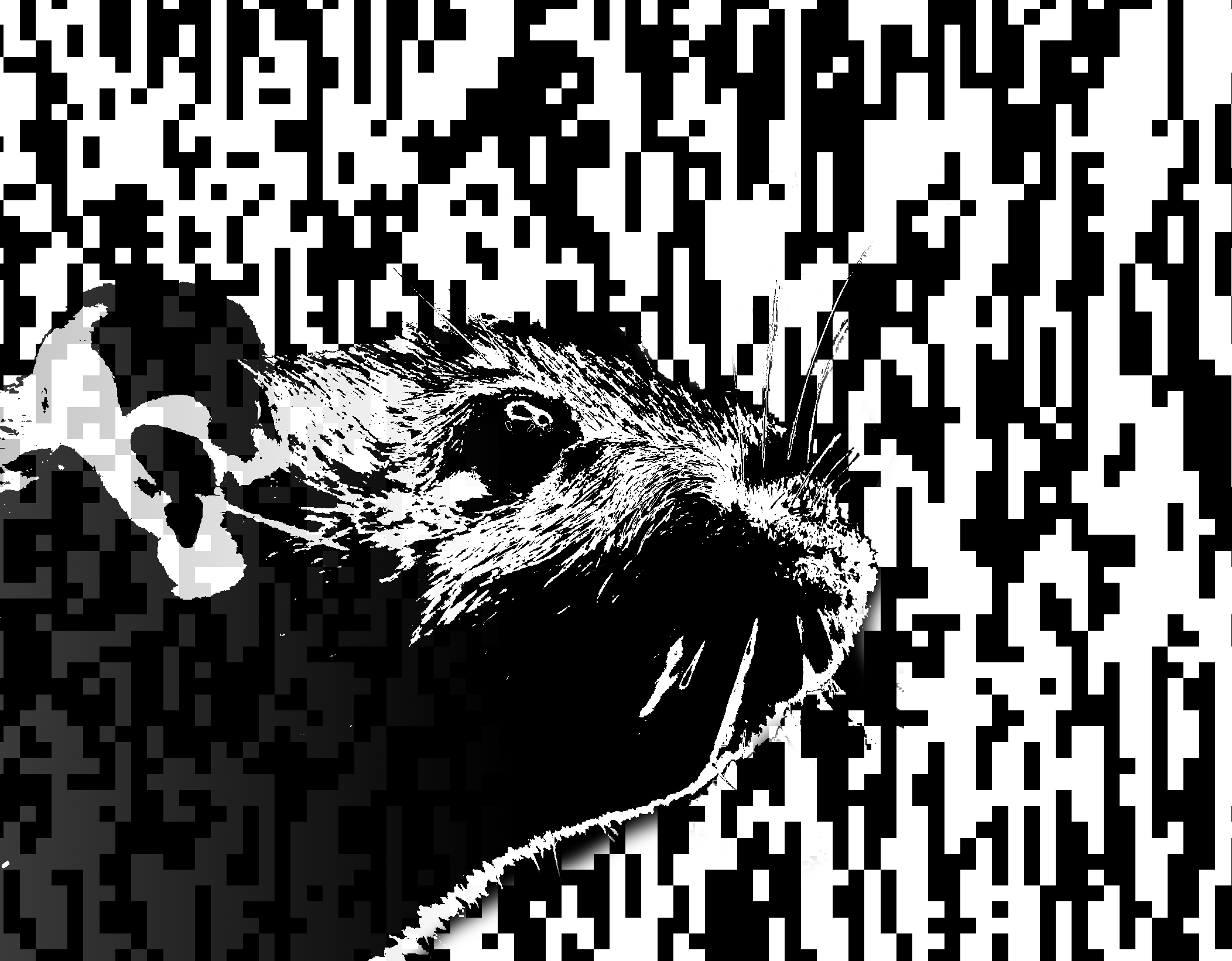 Caramellino R*, Piasini E*, Buccellato A, Carboncino A,
Balasubramanian V, Zoccolan D. Rat sensitivity to multipoint
statistics is predicted by efficient coding of natural scenes.
eLife 2021. doi:10.7554/eLife.72081
Caramellino R*, Piasini E*, Buccellato A, Carboncino A,
Balasubramanian V, Zoccolan D. Rat sensitivity to multipoint
statistics is predicted by efficient coding of natural scenes.
eLife 2021. doi:10.7554/eLife.72081
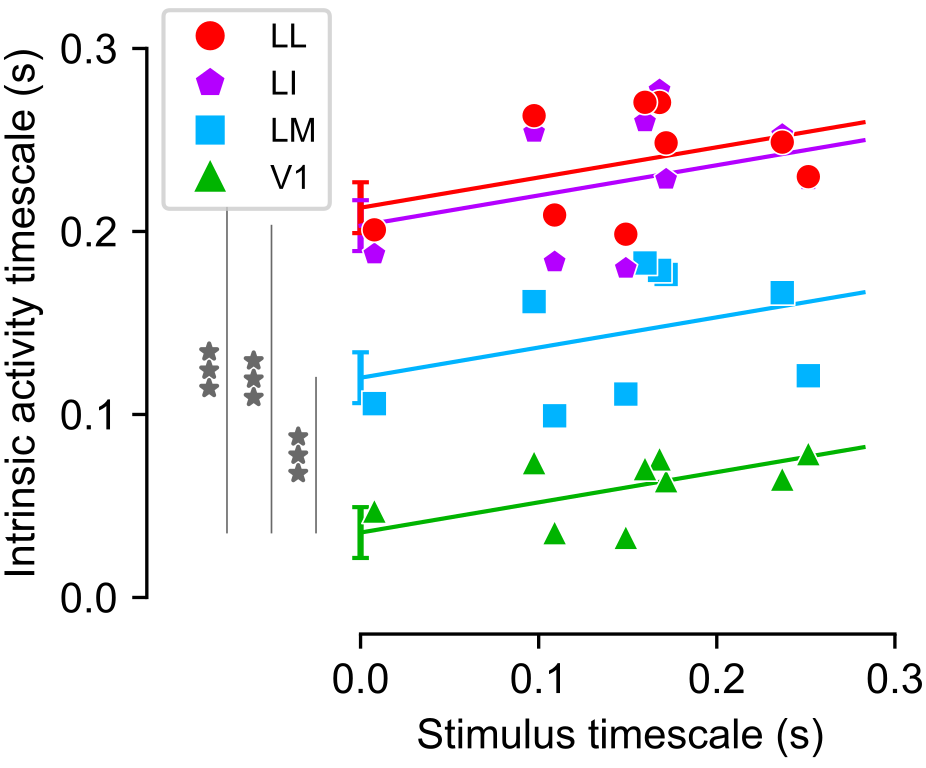 Piasini E*, Soltuzu L*, Muratore P, Caramellino R, Vinken K, Op de
Beeck H, Balasubramanian V, Zoccolan D. Temporal stability of stimulus
representation increases along rodent visual cortical hierarchies. Nature Communications 2021. doi:10.1038/s41467-021-24456-3
Piasini E*, Soltuzu L*, Muratore P, Caramellino R, Vinken K, Op de
Beeck H, Balasubramanian V, Zoccolan D. Temporal stability of stimulus
representation increases along rodent visual cortical hierarchies. Nature Communications 2021. doi:10.1038/s41467-021-24456-3
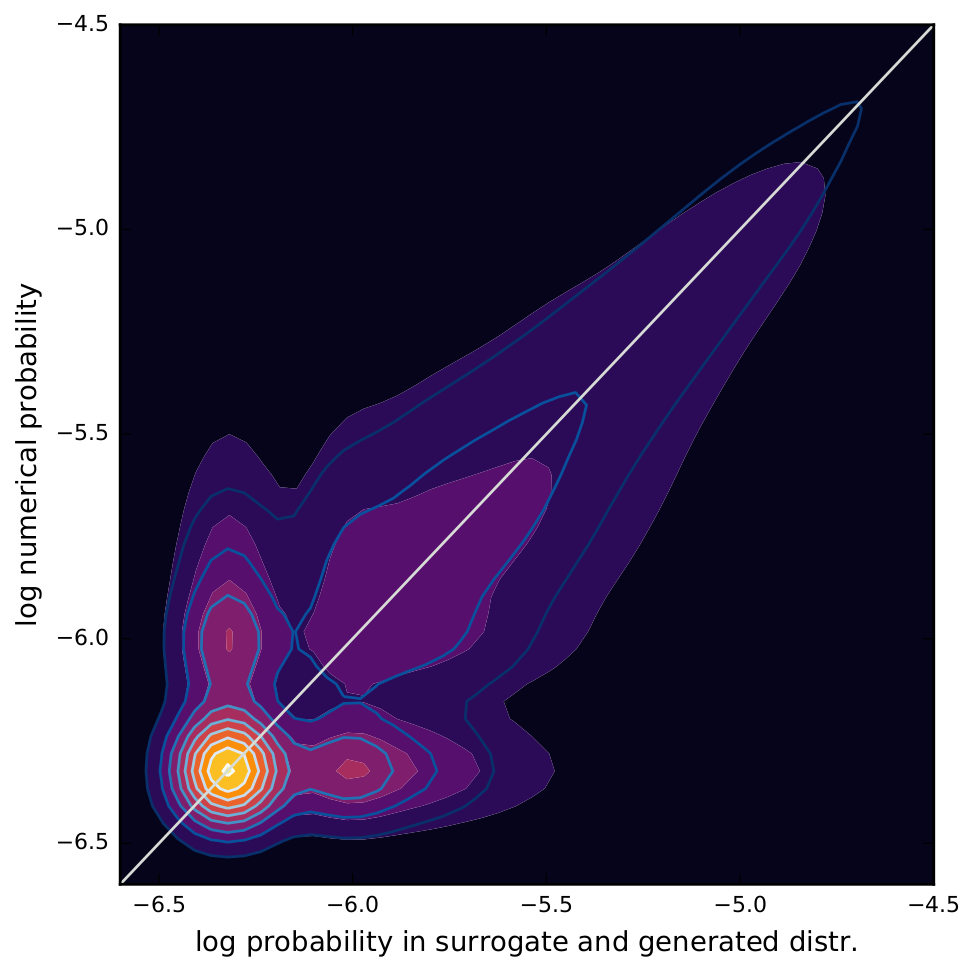 Molano-Mazon M, Onken A, Piasini E*, Panzeri S*. Synthesizing realistic neural population activity patterns using generative
adversarial networks. ICLR 2018. arXiv:1803.00338
Molano-Mazon M, Onken A, Piasini E*, Panzeri S*. Synthesizing realistic neural population activity patterns using generative
adversarial networks. ICLR 2018. arXiv:1803.00338
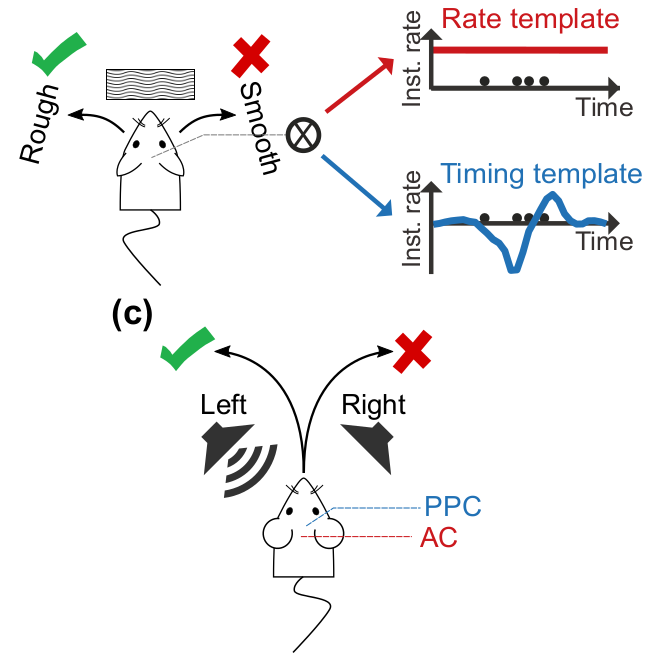 Pica G, Piasini E, Safaai H, Runyan C A, Diamond M E, Fellin T, Kayser
C, Harvey C D, Panzeri S. Quantifying how much sensory information in
a neural code is relevant for behavior. NeurIPS 2017. arXiv:1712.02449
Pica G, Piasini E, Safaai H, Runyan C A, Diamond M E, Fellin T, Kayser
C, Harvey C D, Panzeri S. Quantifying how much sensory information in
a neural code is relevant for behavior. NeurIPS 2017. arXiv:1712.02449
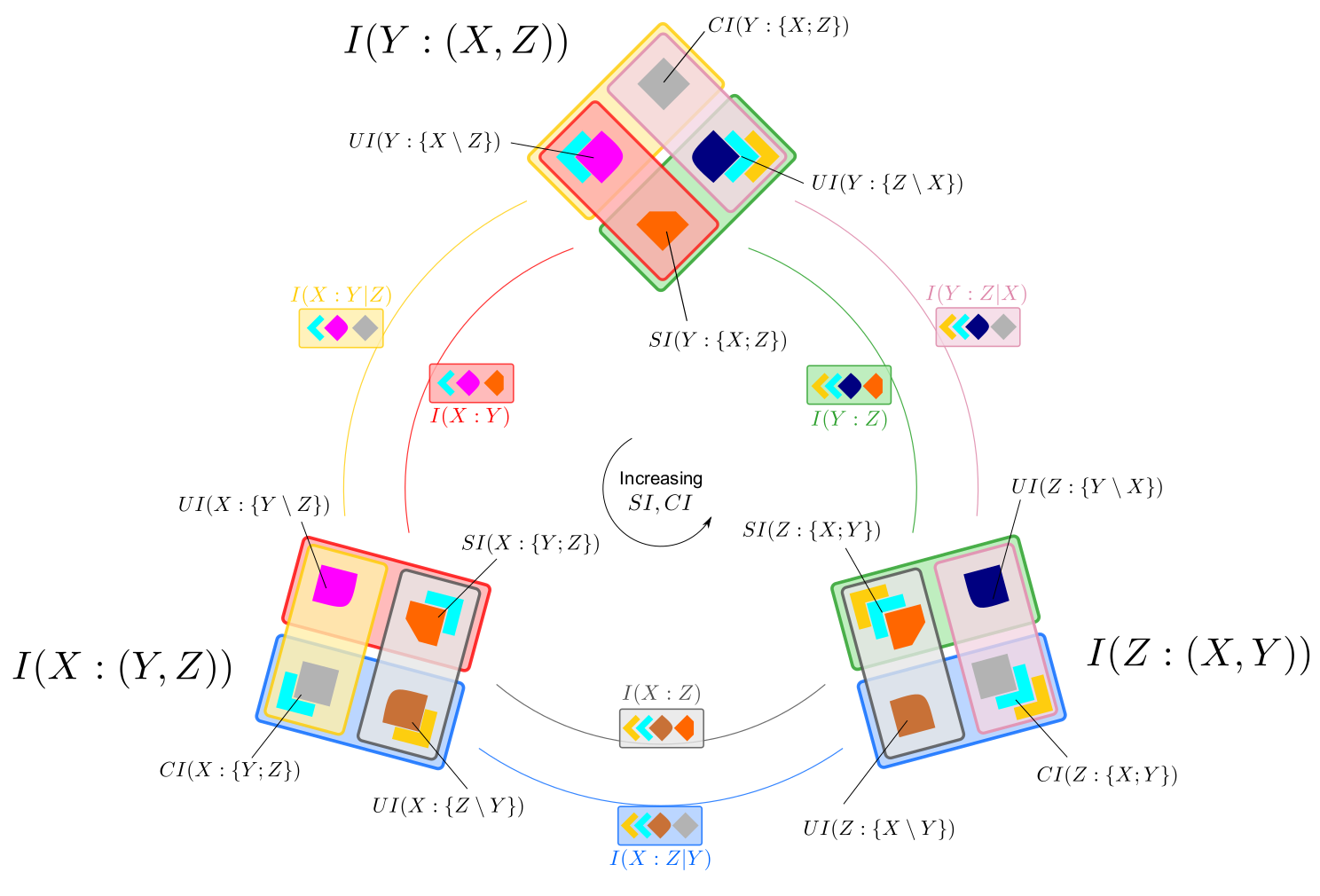 Pica G, Piasini E, Chicharro D, Panzeri S. Invariant components of
synergy, redundancy, and unique information among three variables.
Entropy 2017. doi:10.3390/e19090451
Pica G, Piasini E, Chicharro D, Panzeri S. Invariant components of
synergy, redundancy, and unique information among three variables.
Entropy 2017. doi:10.3390/e19090451
 Panzeri S, Harvey C D, Piasini E, Latham P E, Fellin T. Cracking the neural code for sensory perception by combining statistics,
intervention, and behavior.
Neuron 2017. doi:10.1016/j.neuron.2016.12.036
Panzeri S, Harvey C D, Piasini E, Latham P E, Fellin T. Cracking the neural code for sensory perception by combining statistics,
intervention, and behavior.
Neuron 2017. doi:10.1016/j.neuron.2016.12.036
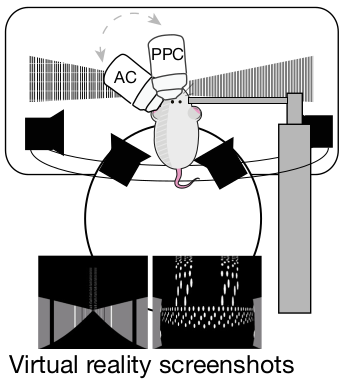 Runyan C*, Piasini E*, Panzeri S, Harvey C. Distinct timescales of
population coding across cortex. Nature 2017. doi:10.1038/nature23020
Runyan C*, Piasini E*, Panzeri S, Harvey C. Distinct timescales of
population coding across cortex. Nature 2017. doi:10.1038/nature23020
 Billings G, Piasini E, Lőrincz A, Nusser Z, Silver R A. Network structure within the cerebellar input layer enables lossless sparse
encoding. Neuron 2014. doi:10.1016/j.neuron.2014.07.020
Billings G, Piasini E, Lőrincz A, Nusser Z, Silver R A. Network structure within the cerebellar input layer enables lossless sparse
encoding. Neuron 2014. doi:10.1016/j.neuron.2014.07.020